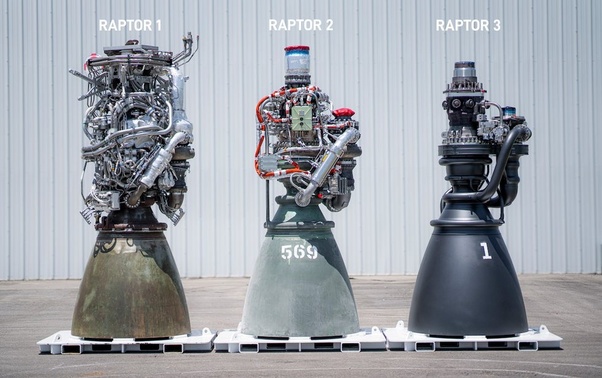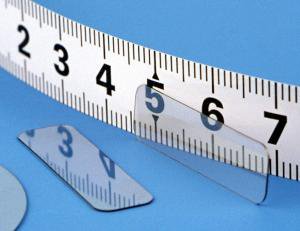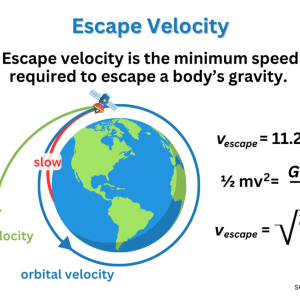There are a few things.
The most obvious is size. A physically larger engine can pull in more fuel and oxygen per second than a smaller engine – that produces more energy and more exhaust gasses – so you have more engine power.
However, the design also has an influence.
The simplest possible rocket motor would have a couple of simple pumps (maybe driven by electricity from batteries) – pumping the fuel and the oxygen into the engine. But building pumps that are fast enough is difficult.
SpaceX’s Raptor engines consume somewhere between 600 and 750 kg of propellant per second.
When all 33 engines are firing at once – the pumps used in SpaceX’s SuperHeavy those pumps could drain this backyard swimming pool in under 4 seconds!

Turbo-Pumps that can do that are not going to be “conventional” pumps.
To keep a SINGLE Raptor engine supplied with propellant requires about 65 MegaWatts of energy. You don’t get that much for minutes at a time from batteries!
Some engine designs use one turbine to drive both pumps – with them geared to provide the correct ratio of fuel to oxygen. But having two pumps with separate turbines turns out to be more efficient for the largest engines.
The gas to drive the gas turbines on the Raptor engines comes from burning a small amount the very fuel that it’s pumping!
So you have a little rocket motor – who’s exhaust spins the turbine that provides either oxygen or fuel to the main engine. But then you have to feed a fair amount of fuel and oxidizer to the small rocket motor!
This is why starting a rocket motor running is so complicated.
The whole thing gets even more complicated when you want to burn propellant to pump propellant because keeping those turbopumps from melting starts to become an issue. Larger engines use the very cold fuel and oxygen to keep them cool – and even to lubricate them.
All of this starts to get insanely complicated because the excess fuel and oxygen used to keep the turbo pumps happy would ordinarily be wasted – so recycling that becomes important.
Then you use some of that cooler waste gas to cool things like the engine nozzle to prevent it from melting.
All of this complexity gets you the last drops of efficiency – but doing it for very small engines simply isn’t possible…so smaller engines tend to be less efficient because they waste that fuel – and trying to save it makes the engine more complex and therefore heavier.
The seemingly simple idea of burning fuel with liquid oxygen to make lots of high speed exhaust gasses results in rocket engines like this:

The engine on the left is the first version of SpaceX’s “Raptor” that shows you the maze of pipework required when you need turbo-pumps and ways to start those turbo pumps and on and on.
The middle engine is the “Raptor-2” – and you can see that it’s considerably simpler – but still not “simple”!
The right-hand engine is the Raptor-3 which is actually almost as complicated – but because it’s 3D printed – all of those little pipes run inside – through the solid chunk of metal that you see there…with the oxygen turbo-pump on top of the engine and the fuel turbo-pump on the right-hand side.
CONCLUSION:
So to get every last drop of energy out of the propellant and moving gas out the bottom of the nozzle as fast as possible requires insane complexity – and that comes at the price of more costly design and manufacturing – as well as requiring a physically larger machine to handle the insane flow rate needed to keep the motor running at full throttle.
SpaceX’s ability to make their engines mostly out of hugely complicated 3D printed parts makes almost all of the manufacturing costs “go away”…and if you need to build a lot of engines, you just have to buy more 3D printers to do it. You don’t need armies of guys in clean-room gear wrenching together teeny tiny pipes in a growing maze of spaghetti plumbing.






